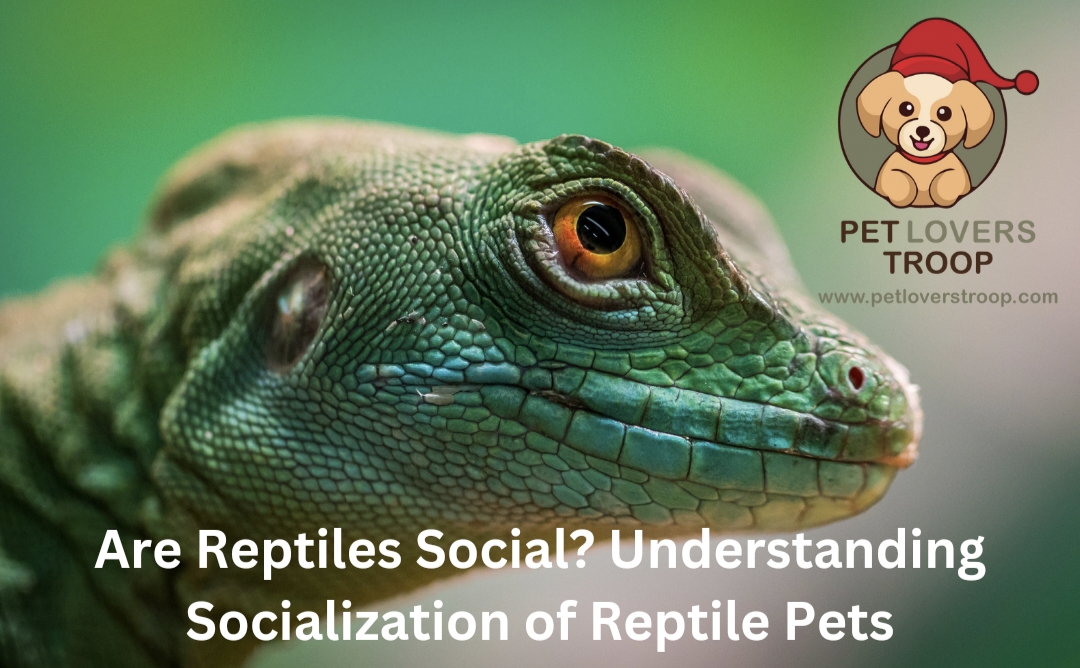Reptiles have been unfairly stereotyped as dumb animals with little minds and simple, “asocial” existence. Reptiles exhibit a surprising range of intricate social behavior. They are able to live in families and converse with one another. Reptiles are excellent pets, but they need a unique approach to socialization with other animals.
Unlike dogs and cats, reptiles are not pack animals and do not require continual social interaction. Proper socialization, on the other hand, can make your reptile feel more at ease among people and lessen the chance of aggressiveness.
Socialization of reptiles
The socialization of reptile pets gives a unique view into a lesser-explored element of the animal realm, from complicated interactions with one another to surprising connections with humans.
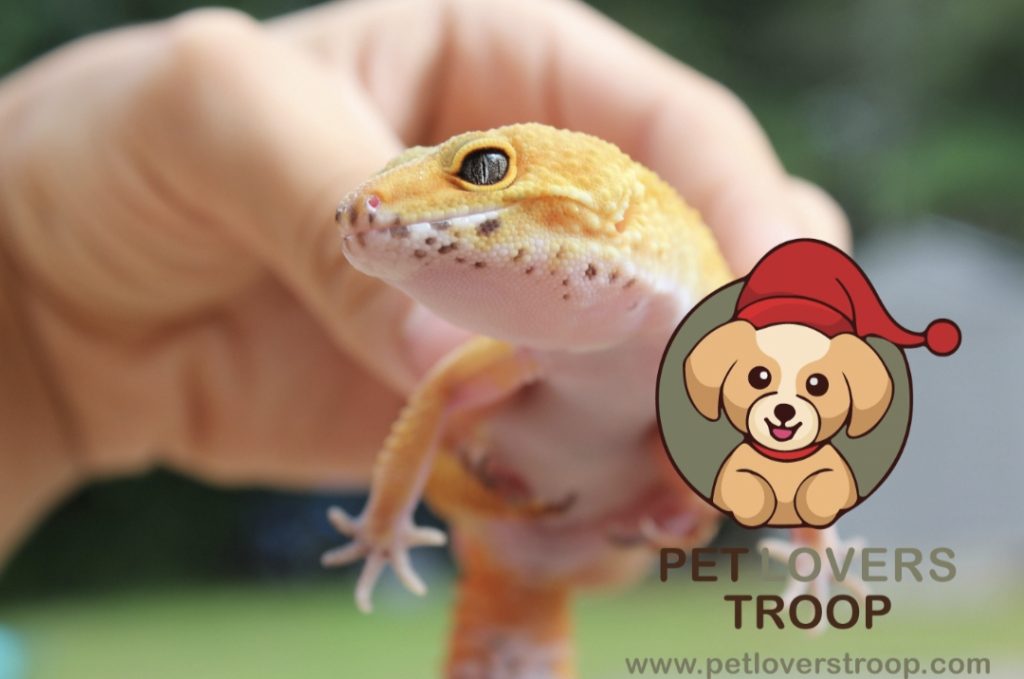
Reptile Social Behavior
Many reptile species, contrary to common thought, display social behavior that extends beyond basic cohabitation. Reptile social behavior can include collaborative hunting, territorial battles, mating practices, and even parental care. Crocodiles, for example, are known to guard their nests and children. At the same time, certain snake species participate in cooperative hunting, exhibiting a level of cooperation often associated with more openly social creatures.
Read More: Keeping Rabbits Indoors or Outdoors: Evaluating the Pros and Cons of Rabbit Houses- July 2023
Turtles have dominant relationships, and it has recently been shown that many, especially aquatic creatures, have social vocalizations. One incredible South American river turtle. Mothers go over a hundred miles up the river to deposit their eggs in vast community nesting aggregations before returning downstream.
When the eggs hatch, the moms return to the nesting coastlines, the hatchlings and mothers communicate, the hatchlings move into the river, and the hatchlings accompany the mothers downstream. It is uncertain whether this is purely a social response or if moms and hatchlings recognize each other, but this is one of the main recent findings demonstrating how much is still unknown about reptile behavior and the unlimited possibilities.
Key Takeaways
- Reptiles of various kinds display a variety of social behaviors. Some lizards, for instance, live alone, while others dwell in groups known as colonies.
- Many variables impact reptile social behavior, including the kind of reptile, the habitat in which they reside, and their age.
- Reptiles interact through a range of signals, including body language, vocalizations, and pheromones.
- Reptile social behavior research is still in its early stages, and researchers are still discovering much about it.
Reptile Pet Socialization: Unravelling the Mysteries
Introducing a reptile into your house as a pet allows you to see its social behavior firsthand. Although not all reptiles are friendly by nature, many may be socialized effectively with adequate care, handling, and habitat enrichment. It’s important to remember that the level of sociability varies greatly amongst reptile species, and personal traits also serve a role.
Read More: Decorating fish tank: How to Create a Stimulating Underwater Paradise for your Fishes- July 2023
Bringing a reptile into your life as a pet can be a rewarding and fascinating experience. However, it’s crucial to approach this decision with careful consideration and responsibility, as these animals often have lengthy lifespans and specific care requirements.
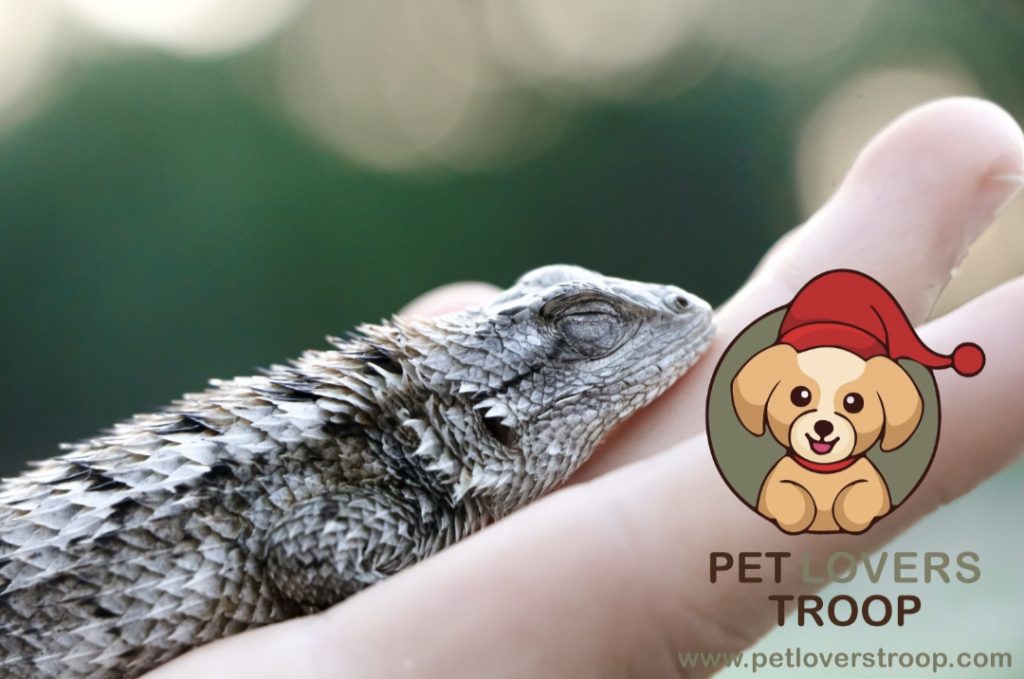
Things to keep in mind before getting a reptile pet
- Keep in mind that some reptile pets may survive for very lengthy periods of time. Make sure you’re ready to commit to looking out for your pet for the rest of its life.
- Avoid Wild Capture: It’s essential to resist the temptation of capturing wild reptiles and attempting to keep them as pets.
- Purchase turtles with shells that are longer than 4 inches long (the size of a deck of cards or a smartphone). Small turtles are unlawfully offered at souvenir stores and roadside booths, against federal prohibition. Avoid highway or temporary sellers and only buy from a reputable pet store.
- Check the pet you are thinking about purchasing carefully. There should be no external parasites present, such as worms or ticks. The animal’s eyes should be clear and alert, as cloudy or swollen eyes could indicate underlying health problems.
- Plan out the enclosure or habitat for your pet before you bring them home. The enclosure should mimic their natural environment as closely as possible.
Social Interactions in Reptile: A Window into their World
While reptiles are frequently linked with solitary and autonomous behaviors, many studies have found that many reptile species engage in a surprising range of social interactions. These interactions can range from basic thermoregulation aggregations to intricate social systems that involve communication, collaboration, and even parental care.
For instance, lizards have been recognized for years to have territorial systems and dominant hierarchies, while sociality varies considerably even between closely related species. Parental care is also apparent, particularly in skinks, and many protect their eggs. Furthermore, some skinks exhibit long-term monogamy and intergenerational familial relationships.
Read more: Socialization of reptiles
Green iguanas have even shown indications of kin-based kindness. Some geckos communicate through chirps and tail wags, while others use color changes to signal their emotional states. Such behaviors highlight the intricate social dynamics that reptiles engage in, even in the wild. Colorful markings, dewlaps, crests, head-bobbing, and other behavior are employed in social communication.
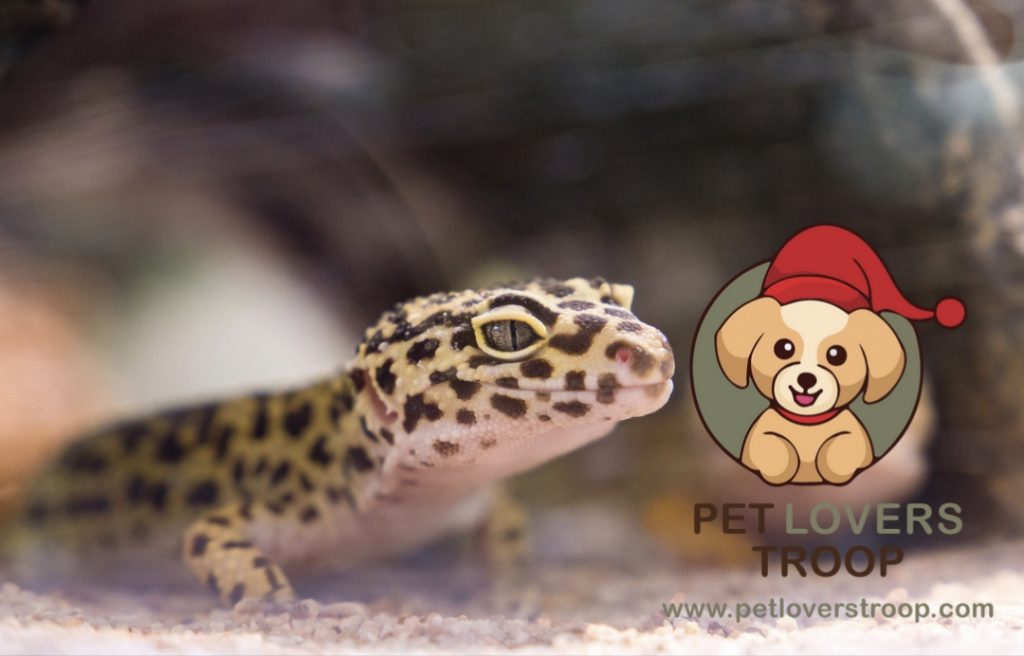
Snakes have traditionally been thought to be solitary, with the exception of periodic mating rituals. Mating aggregations are huge and spectacular in several creatures. Territorial and dominance interactions in wild snakes appear to be unusual, yet they do exist and are likely more prevalent than we realize.
Read More: Winter care guide: How to look after a sick kitten in winter- June 2023
Snakes, all obligate carnivores and depend on giant prey rather than insectivorous reptiles, are generally found in low quantities in the wild, making their social interactions challenging to recognize and study. Despite this, studies suggest that numerous species use periodic hibernacula for mating over the winter, and many have favored companions for napping and basking – maybe even friendships.
Social Behavior of Pet Reptiles
When we think of pets, we often imagine the warm companionship of dogs and cats. However, reptile pets can form unique bonds with their owners too. While they might not exhibit the same overt affection, reptiles can still show signs of recognition, trust, and even enjoyment of human interaction.
Because reptiles are wild creatures, merely existing in a caged setting causes some stress. It is our responsibility as their guardians to give them as natural an environment as possible and to reduce stress in their lives. In most circumstances, this entails housing them separately. While this adds to your workload, it is the friendliest, most secure, and healthiest approach to keep most reptile species.
If you have to keep lizards of the identical type together, try to keep them as similar in size as possible. Due to the genuine potential of fighting and territorial displays, males should not be housed in the same cage.
Read More: Dog Training: Ten Essential Commands Every Dog Should Know- June 2023
A cage for more than one lizard should be as spacious as feasible, with blinds to keep them from seeing each other and distinct regions with access to basking places, UV light, food, and water. Chameleons, rock iguanas, and green iguanas are territorial animals that get extremely upset when forced to share their habitat in captivity.
Reptile Bonding with Humans
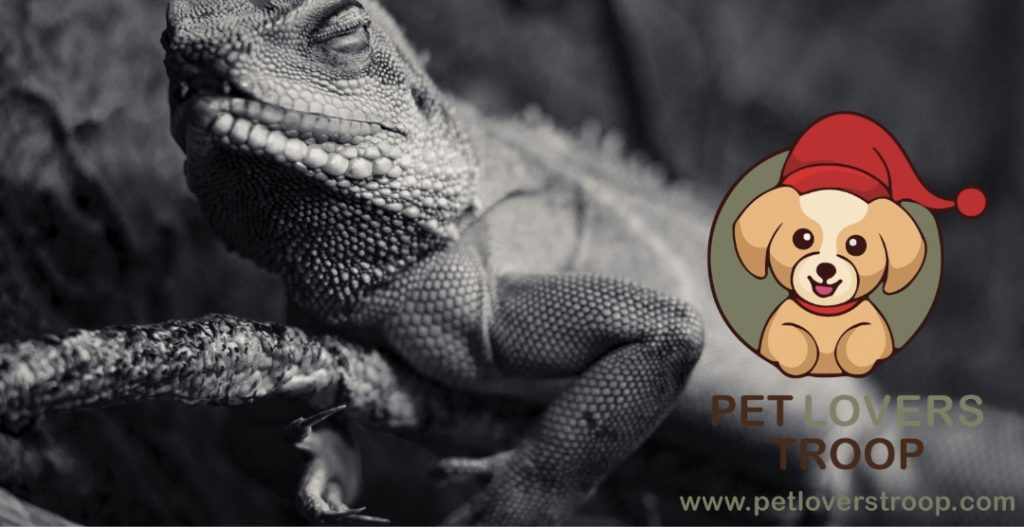
The reptile-human connection may not seem like the usual picture of a dog wiggling its tail, but it is no less significant. Many reptile owners describe their creatures as displaying recognition, interest, and calm in their company. Reptiles can develop to link their owner with pleasant experiences over time, resulting in a sense of safety and connection. This link is most visible during feeding, handling times, and even when reptile pets search for human engagement independently.
Reptile Pets are aware of their owners. Most of these animals can recognize individuals who feed and handle them regularly. If two persons constantly feed and touch a pet reptile, they can recognize such people. However, these creatures may not be able to tell the difference between those two people in order to determine who is the owner.
Which Reptile Pets can Spot their Owners?
According to data, there are around 7,500 to 8,000 species of reptiles with varying cognitive levels. As a result, it’s reasonable to assume that not all of these reptiles are friendly enough to recognize their owners. Even though most reptiles appear to be less clever, they have the required ability to form bonds with most people.
Lizards
Like other reptiles, lizards are isolated, meaning they are content on their own. Based on the type, these reptile pets are content even in the company of humans. Some lizards appear to prefer the presence of humans, particularly those who feed them often. Understanding how to properly treat these reptiles is essential because they differ from other types of pets.
Examples
- Bearded Dragon
- Veiled Gecko
- Monitor Lizards
- Leopard Gecko
- Frilled Dragon
- Uromastyx
- Tokay Gecko.
Read More: Planning to buy a fish aquarium? Ten tips that can help you choose the right size and type- May 2023
Turtles
These reptiles have an enviable track record for human connections despite being one of the oldest types of reptiles in the world. These reptile pets’ hard shells do not prevent them from bonding with their owners. Turtles may appear to be low-maintenance pets, but their lifetime requires them to be lifelong companions.
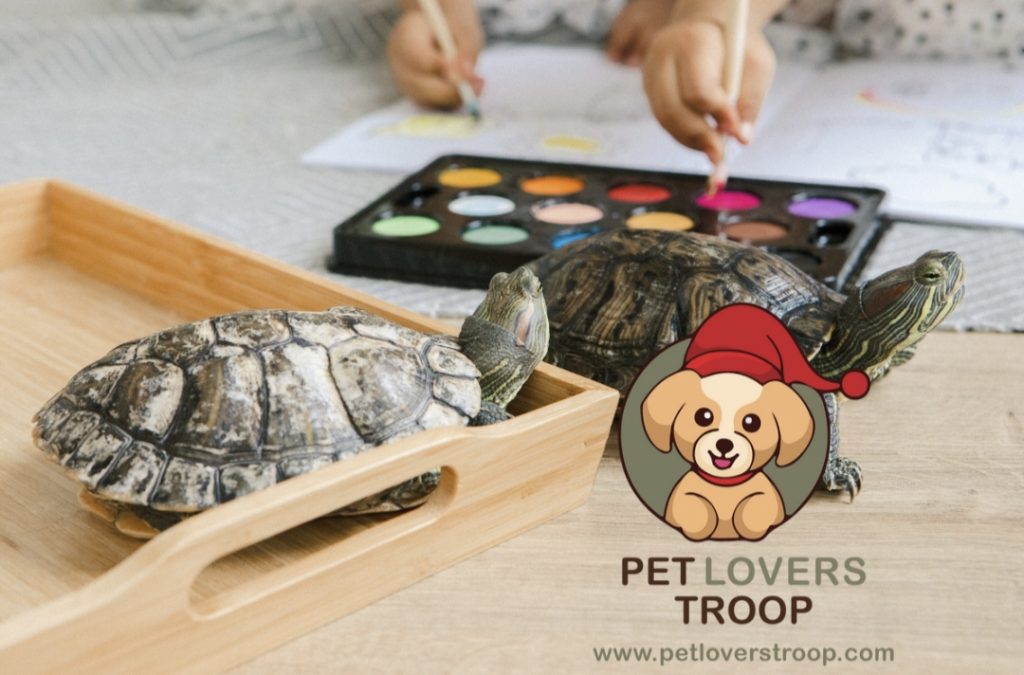
Turtles can quickly identify their owners. Many turtles can tell the difference between their owner and another person. These creatures have five senses: sight, smell, hearing, taste, and touch. Turtles can quickly recognize their owner and differentiate them from others using three of their five senses.
Examples
- The Red-Eared Slider
- African Sideneck Turtle
- Western Painted Turtle
Snakes
Contrary to popular thought, snakes make excellent pets and may build strong bonds with their owners. Snakes have a lifespan of up to twenty years. As a result, most people looking for a long-term commitment with a reptile pet select snakes.
Snakes can identify their owners. These reptiles can quickly recognize their owner’s odor from others. Some snakes learn to recognize their owners’ odors as good and familiar over time. Although these reptiles recognize their owners, it is essential to emphasize that they do not form bonds like other pets. Aside from the five senses, snakes can identify human heat patterns.
Examples
- Children’s Python
- Carpet Python
- Ball Python
- Gopher Snake
- California Kingsnake
- Milk Snake
Read More: Epileptic Seizures in dogs: Symptoms, associated risks and how to comfort them- May 2023
How to Determine Whether a Reptile Has Bonded with You?
There is no set rule for how a reptile should behave when there is a relationship. Reptiles, like other pets, will become more at ease around you after they form a relationship. Some signals that a reptile has bonded with you include (but aren’t restricted to):
- When you’re around, act eager.
- When you move near, you should feel at ease or relaxed.
- There is no hesitation in handling this.
- Don’t show symptoms of tension, such as rapid breathing or clenching your fists.
- Continuously react to your goodies.
Reptile interaction and play: Looking into possibilities
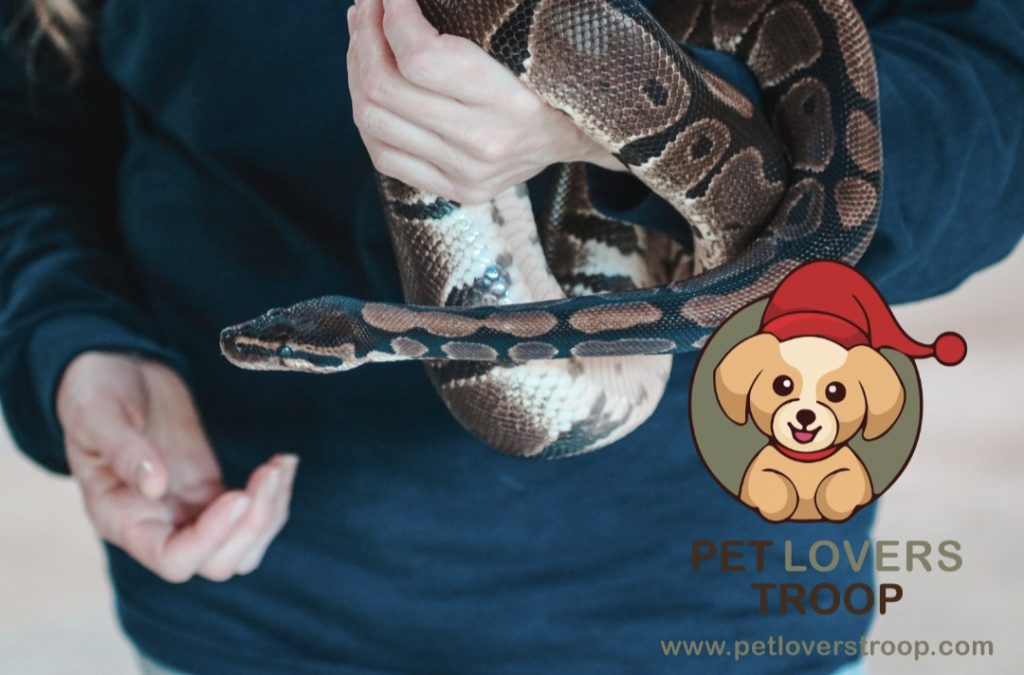
Reptile pets do not seem to take part in the play, although they participate in behavior that looks to be surprisingly comparable. For example, some lizards participate in fun behaviors such as following insects or moving objects, which can provide both cerebral excitement and help them improve their hunting abilities. Enriching surroundings that stimulate discovery and interaction can help pet reptiles express their fun side.
Tips for Reptile Socialisation: Fostering Connections
If you’re thinking about getting reptile pets, consider the following socialization strategies to create a stronger bond:
- Start slowly: Allow your reptile pet time to adjust to its new surroundings before trying any interaction. Establish your presence and relationships gradually.
- Respect Individuality: Reptiles, like human beings, have distinct characteristics. Some may be more open to engagement, while others like to observe from a safe distance.
- Positive reinforcement: entails associating oneself with pleasant events such as feeding time or goodies. This aids in the formation of a favorable relationship between you and rewards.
- Handling practices: To protect your reptile’s safety and well-being, research suitable handling practices for your unique reptile breed. See below to know more.
- Enrichment Activities: Build a stimulating habitat by including hiding places, climbing frameworks, and objects that inspire exploration.
Tips for handling reptile pets
Young Adoption
Befriending infant animals is far simpler than controlling older creatures who have been handled infrequently, if at all. Most newborn reptiles, like any infants, require a lot of nurturing and may not be the best pet for first-time reptile parents. Do a lot of homework before deciding to adopt one.
Familiarity
Lizards may be rather loving. Many prefer to snuggle or sit on their people; some have evolved into lap lizards. However, some of these little reptiles want to be held or caressed by their owners. You shouldn’t anticipate too much from a reptile with which you’re unfamiliar.
Keep an eye on Body Language
Your pet’s body movement might reveal his emotional state. Understanding your reptile friend’s behavior. Observing things like retreating, hissing, or acting as though he’s terrified or about to strike can provide you with information and enable you to understand when you can manage him and when you should leave him alone.
Baths
Most reptiles like taking a bath. Iguanas, for example, need more bathing than other reptiles. Bath time may be used to interact with your pet. Chatting to your reptile as he soaks is quite beneficial.
Read more: Reptiles social behaviour
Food
Pets frequently develop confidence in people after being given food or treats. But it’s more complicated with reptiles because most don’t even eat daily. Another difficulty with handing out food is that you may be uncomfortable offering a live insect to your pet. Allow your small reptile to become accustomed to your fragrance and the sound of your voice. He’ll realize you’re serving meals at some point.
Mastering the secrets of reptile communication with owners
While reptile pets cannot speak vocally like birds or human beings, they interact in their way. To comprehend and interpret these indications, follow these steps:
- Assess Body Language: Take note of posture, tail motion, and color changes. These can express feelings, motives, and even dangers.
- Engagement Frequency: Regular engagement allows you to identify shifts in behavior patterns, which helps you determine your reptile pet’s degree of comfort.
- Experiment: Test with various interactions and situations to see what generates good responses and creates a stronger bond.
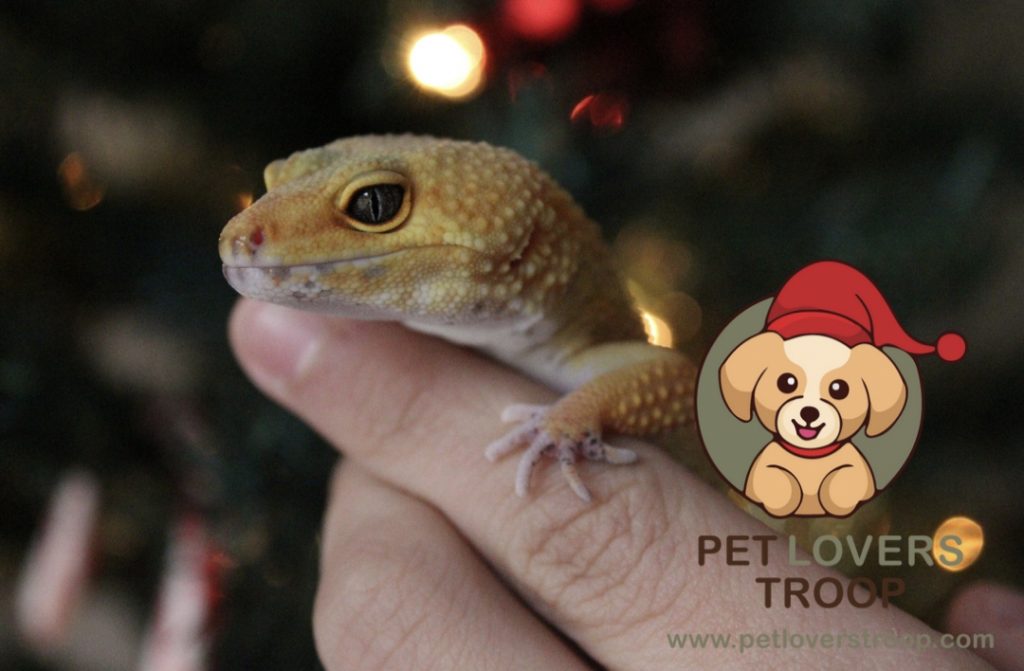
Bottom line
The socialization of reptile pets offers a fascinating peek at an often-overlooked element of these amazing animals. While reptiles may not meet the usual description of social animals, they exhibit various behaviors demonstrating their ability to build connections and relationships.
Reptile lovers may form significant ties with their pets and human companions by knowing their distinctive communication techniques and responding to their distinct requirements. So, if you’re thinking of getting a reptile, remember that under those scales is a world of delicate interactions and boundless friendship just waiting to be discovered.
